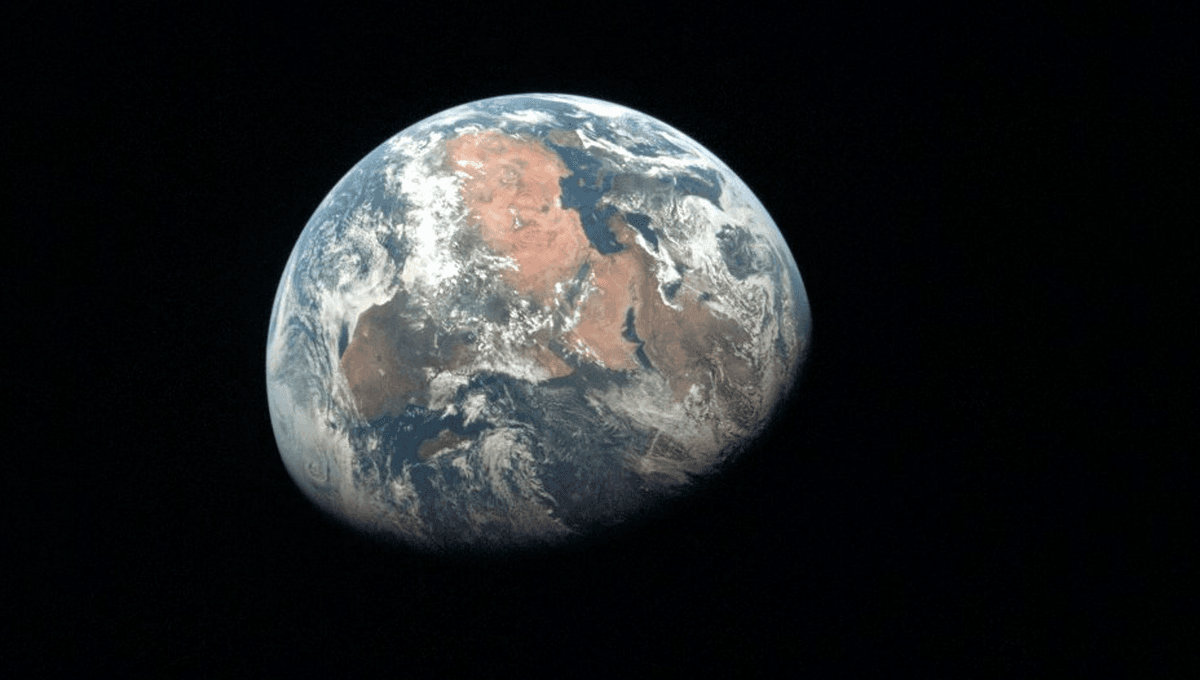
Home to some of the planet’s oddest animals, not to mention 11 percent of the global population, islands are among the most diverse and exciting places on Earth. Here, you can find a rundown of the largest islands by landmass.
Before arguments break out in the comments, we’re not counting continental landmasses, so that excludes Afro-Eurasia, the Americas, Antarctica, and Australia. These large landmasses sit on their own continental lithosphere and tectonic plate, as opposed to true islands that are extensions of the oceanic crust or lie on a continental plate containing a larger landmass. Sorry about that, Australia.
1) Greenland
The main island of Greenland is the largest island on Earth, measuring 2,130,800 square kilometers (822,700 square miles) in area. Along with its main landmass, the wider territory of Greenland includes over 100 smaller islands scattered around its edge.
Greenland is defined as an autonomous territory of the Kingdom of Denmark. Despite its mammoth size, its cold climate means it is extremely sparsely populated, limited to a few settlements found along the coast. Just 56,000 people call the island home. The majority of Greenlanders are Inuit, but a significant minority are of European descent, primarily Danish.
2) New Guinea
The second biggest island in the world is New Guinea in Southeast Asia, measuring 785,753 square kilometers (303,381 square miles) in size. The island is divided politically, with the eastern half of the island belonging to Papua New Guinea and the western half forming a part of Indonesia.
Running horizontally across the landmass is the New Guinea Highlands, a chain of mountain ranges that includes Puncak Jaya, the tallest peak and the highest mountain in Oceania, with an altitude of 4,884 meters (16,024 feet).
3) Borneo
Coming in third place is Borneo with an area of 748,168 square kilometers (288,869 square miles). Also found in the tropics of Southeast Asia, the island is politically divided among three countries: Malaysia and Brunei in the north, and Indonesia to the south.
Over 21 million people live in Borneo. It’s also a region of gloriously rich biodiversity, including 15,000 species of flowering plants, 3,000 species of trees, 221 species of terrestrial mammals, and 420 species of birds. One of its most charismatic animals is the Bornean orangutan (Pongo pygmaeus), one of the three species of orangutan.
4) Madagascar
The fourth-largest island is Madagascar with an area of 587,041 square kilometers (226,658 square miles).
Located in the Indian Ocean off the eastern coast of southern Africa, Madagascar is the second-largest island country after Greenland. Like Borneo and New Guinea, it’s abundant in biodiversity. Its specialty is unique animals that aren’t seen anywhere else in the world, including the aye-aye and the fossa.
5) Baffin Island
The fifth-largest island on Earth is Canada’s Baffin Island with an area of 507,451 square kilometers (195,928 square miles).
Just 350 kilometers (217 miles) away from Greenland at its closest point, Baffin Island is another ice giant. It has a similarly small population of just 13,000 people, most of whom are Inuit. It’s also the location of the highest vertical drop in the world, standing at 1,675 meters (5,495 feet) tall, known as Thor Peak.
6) Bonus round
The largest island in the US is… the aptly named Big Island in Hawaii, with an area of 10,430 square kilometers (4,028 square miles). Meanwhile, Great Britain comes in as the ninth-largest island overall, with an area of 209,331 square kilometers (80,823 square miles).
Source Link: What Are The Five Largest Islands In The World?